Growing Aging Population
The increasing aging population in the US is a primary driver for the vasomotor symptoms market. As individuals age, particularly women entering menopause, the prevalence of vasomotor symptoms such as hot flashes and night sweats rises significantly. According to the US Census Bureau, by 2030, approximately 20% of the population will be over 65 years old, leading to a higher demand for effective management solutions. This demographic shift suggests a potential market expansion, as healthcare providers seek to address the needs of older patients experiencing these symptoms. The vasomotor symptoms market is likely to see a surge in product development and innovation aimed at this growing segment, including both hormonal and non-hormonal therapies.
Rising Healthcare Expenditure
The rising healthcare expenditure in the US is another critical driver for the vasomotor symptoms market. As healthcare spending continues to increase, patients are more likely to seek medical advice and treatment for their symptoms. According to the Centers for Medicare & Medicaid Services, national health spending is projected to grow at an average rate of 5.4% annually, reaching nearly $6 trillion by 2027. This trend indicates that patients will have greater access to healthcare services, including those addressing vasomotor symptoms. Consequently, the vasomotor symptoms market is expected to benefit from increased patient engagement and a willingness to invest in effective treatment solutions.
Emergence of Telehealth Services
The emergence of telehealth services is transforming the landscape of the vasomotor symptoms market. With the growing acceptance of remote healthcare consultations, patients can now access specialized care from the comfort of their homes. This trend is particularly beneficial for women experiencing vasomotor symptoms, as it reduces barriers to seeking treatment. The vasomotor symptoms market is likely to see an increase in telehealth platforms offering consultations and treatment plans tailored to individual needs. As telehealth continues to gain popularity, it may lead to a broader reach and improved patient outcomes, potentially driving market growth in the coming years.
Advancements in Treatment Options
Recent advancements in treatment options for vasomotor symptoms are propelling the market forward. Innovative therapies, including new non-hormonal medications and lifestyle interventions, are gaining traction among healthcare providers and patients alike. The vasomotor symptoms market is witnessing a shift towards personalized medicine, where treatments are tailored to individual patient profiles. This trend is supported by clinical studies demonstrating the efficacy of various treatment modalities, which may lead to increased patient adherence and satisfaction. As a result, the market is expected to grow, with estimates suggesting a compound annual growth rate (CAGR) of around 6% over the next five years.
Increased Focus on Women's Health
The heightened focus on women's health issues in recent years has significantly impacted the vasomotor symptoms market. Advocacy groups and healthcare organizations are increasingly emphasizing the importance of addressing menopausal symptoms, leading to greater awareness and education among both healthcare providers and patients. This shift is likely to result in more women seeking treatment for vasomotor symptoms, thereby expanding the market. The vasomotor symptoms market is responding to this demand by developing targeted marketing strategies and educational campaigns aimed at informing women about available treatment options. This increased focus may contribute to a projected market growth of approximately 5% annually.


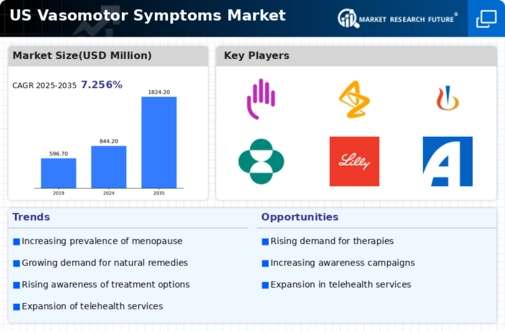
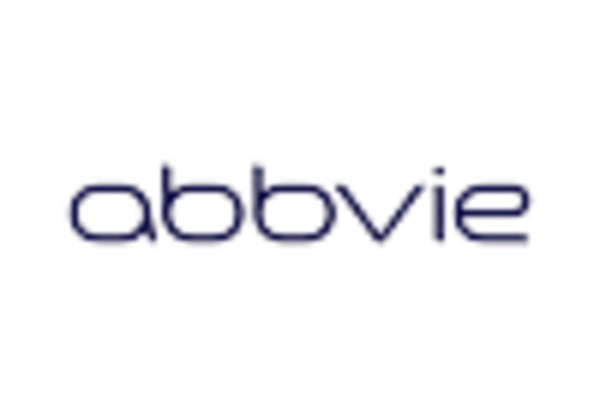
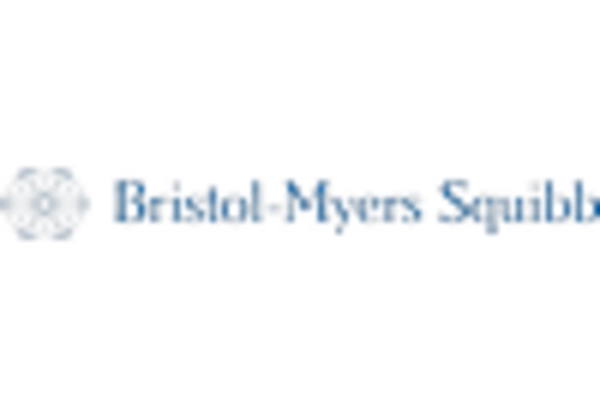
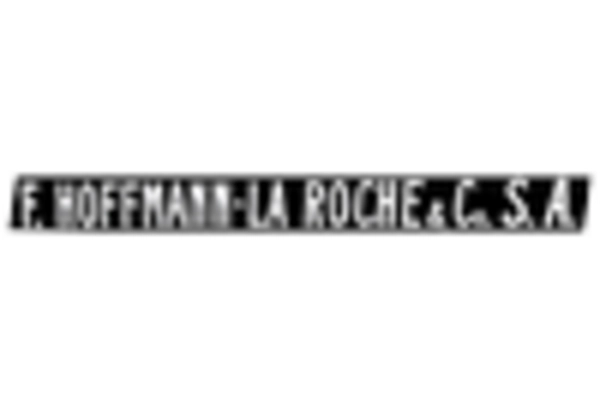
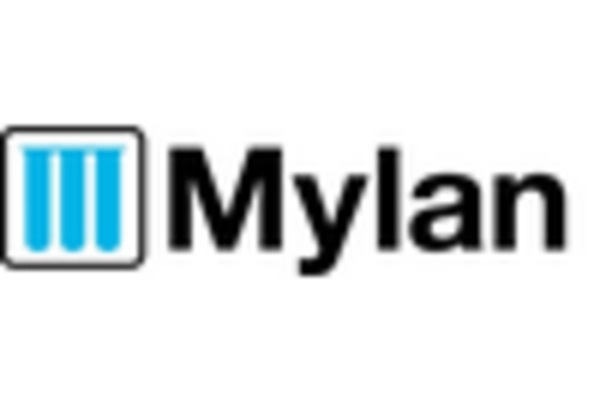

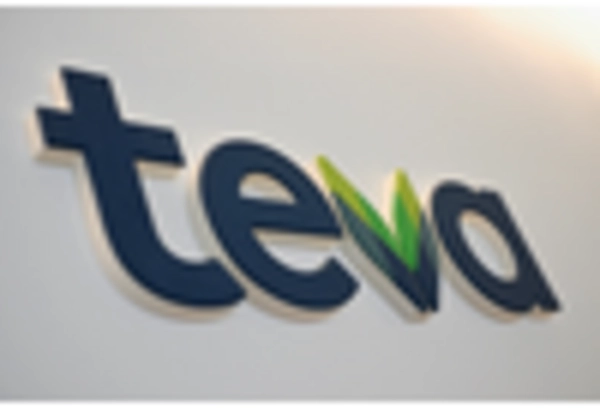








Leave a Comment